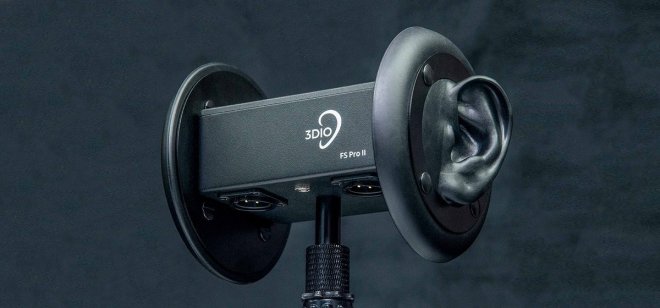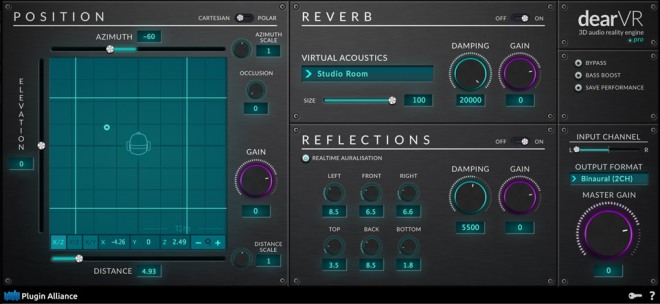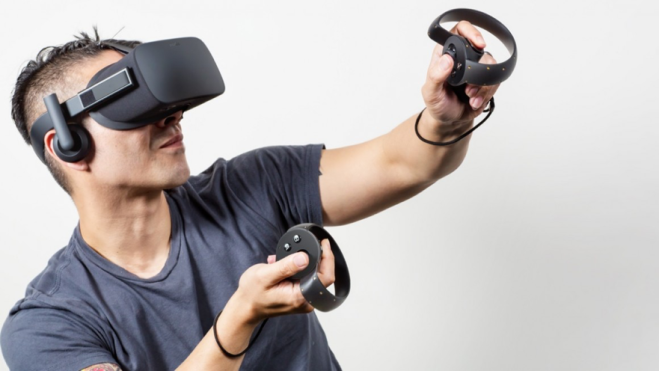As touched upon in other blog posts regarding video game audio, the concept of interactive audio is a topic of great interest and in this particular blog I will be taking a more in-depth look at it. First things first, what is interactive audio? Another term for interactive audio many enthusiasts and professionals use is adaptive audio. Guy Whitmore, an author featured on the Gamasutra states that “Adaptive audio is a term used to describe audio and music that reacts appropriately to – and even anticipates – gameplay.”
From this statement we can discern that we are, to a certain extent, talking about artificial intelligence within audio. Coincidentally I have recently created a podcast discussing just that alongside my colleague Chris Solman and we explored a number of different topics regarding AI. The fundamental knowledge present through each topic was that AI is the scientific practice of programming a computer so that it can learn from data, aka machine learning. So when I talk about the interactivity and adaptability in game audio, I would like readers to bear in mind that we have to consider it is a machine we are teaching to be intelligent; which can then correctly ‘anticipate’ gameplay.
We will proceed with the notion that for audio to be interactive it must first be intelligent. But what makes something intelligent? Well the answer is knowledge and as far as machines are concerned, knowledge is known as data. The more data video game programmers can supply the computer with then there is more available for it to make informed and calculated decisions in regards to the audio or music. The type of data required to influence the direction of game audio or music can range from player positioning in relation to in-game locations, the amount of time spent within a single area, which decisions they make, how many times they have died to their health percentage, if they chose left instead or right and much much more. An intelligent game will gather this information, processing it constantly to make precise and impactful changes to the audio within the game.
The idea is to make interactive audio seem just like regular audio, largely unoticeable until something goes wrong. It is difficult to execute perfectly but AAA games in particular have the funds to record countless variations of audio effects, to accomodate for countless combinations of data through player input.











